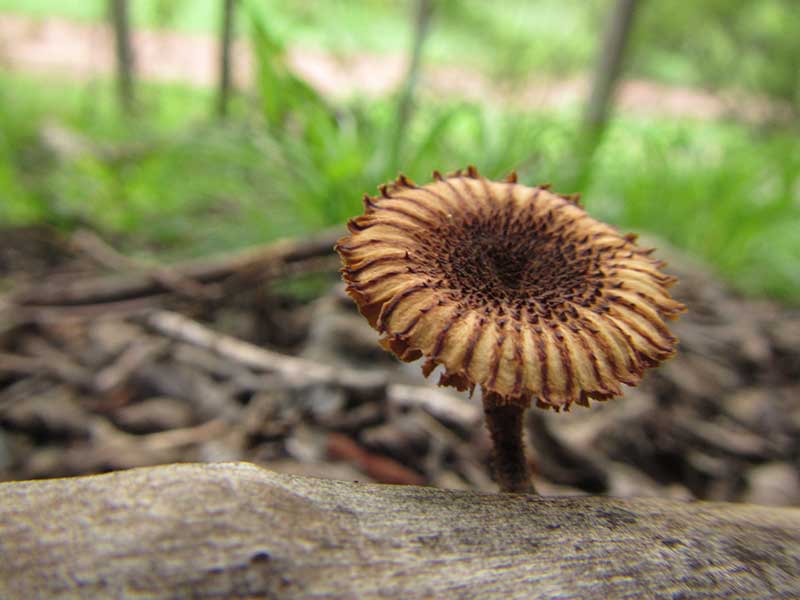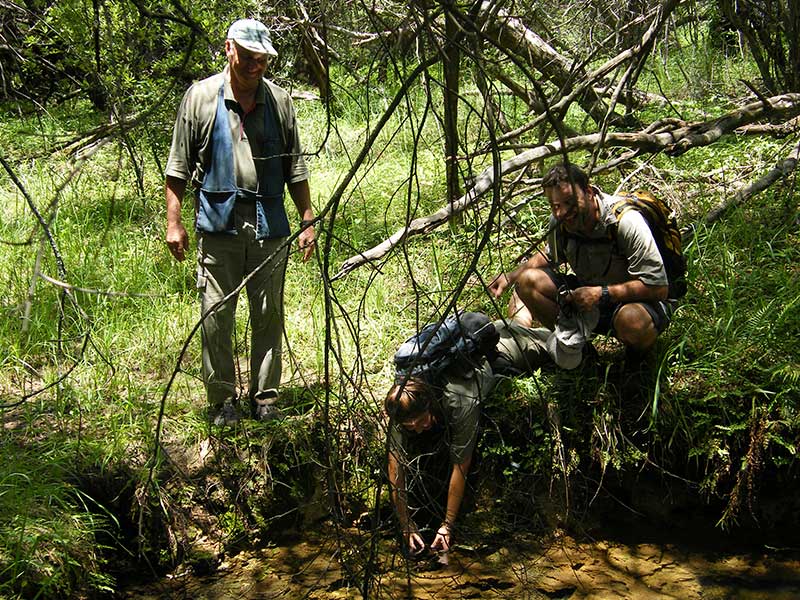Stewardship
Becoming a Land Custodian in the Marico.

About Biodiversity stewardship
“Biodiversity stewardship is an approach to entering into agreements with private and communal landowners to protect and manage land in biodiversity priority areas, led by conservation authorities in South Africa. It recognises landowners as the custodians of biodiversity on their land. Biodiversity stewardship is based on voluntary commitments from landowners, with a range of different types of biodiversity stewardship agreements available to support conservation and sustainable resource use. Some types of biodiversity stewardship agreements are formally declared as protected areas in terms of the Protected Areas Act, providing long term security for the sites involved.”
Biodiversity stewardship contributes to landscape management and protected area expansion
Biodiversity stewardship is implemented on sites that have been identified as important for biodiversity and ecosystem services, based on the best available science. Biodiversity stewardship is a highly cost-effective mechanism for expanding protected areas. Both the processes to negotiate and declare a protected area through the biodiversity stewardship model, as well as the ongoing cost of supporting the landowners to manage the biodiversity stewardship sites once they are declared, are many times less costly to the conservation authority than the cost to purchase land and manage protected areas themselves.
Under biodiversity stewardship, the land remains the property of the landowner. Biodiversity stewardship is particularly effective in multiple-
Defining Protected Areas and Conservation Areas
Protected Areas are defined as Geographic areas that are formally protected by the National Environmental Management: Protected Areas Act (Act 57 of 2003).
They are managed mainly for biodiversity conservation and contribute towards the protected area estate.
Conservation Areas are areas that are not formally protected by the Protected Areas Act but are nevertheless managed at least partly for biodiversity conservation. They contribute to the broader conservation estate.
Types of Biodiversity Stewardship Agreements
There are five different types of Biodiversity Stewardship Agreements, ranging from non-
The Protected Areas Act provides the legal framework for the two highest levels of biodiversity stewardship: (1) Nature Reserves and (2) Protected Environments. These are established by a formal declaration by the National Minister or Provincial Member of the Executive Council. Nature Reserves and Protected Environments that are declared through the Biodiversity Stewardship Programme have the same legal standing as state-
(3) Biodiversity Management Agreements are made possible under the Biodiversity Act. They are based on the development of a biodiversity management plan under this legislation.
(4) Biodiversity Agreements are based on contracts between landowners and the provincial conservation authority. They include an agreed management plan. These agreements are not considered protected areas, but do contribute to the conservation area estate. Both are intended to be shorter-term agreements than Nature Reserves or Protected Environments.
(5) Biodiversity Partnership Areas are informal agreements between the landowner and conservation authority and do not legally bind either party to any obligations.
Incentives for Biodiversity Stewardship
The Provincial Biodiversity Stewardship Programmes aim to provide incentives to participating landowners, in relation to the level of commitment from the landowner. Incentives include technical advice and support on biodiversity management, such as invasive alien control and burning of firebreaks; game donations of founder populations by conservation authorities to the landowners; and recognition and marketing opportunities.
At a national level, fiscal incentives have been created for landowners. Those portions of Nature Reserves that are used solely for conservation are excluded from being charged property rates. Income tax deductions for management expenses are available for Nature Reserves, Protected Environments and Biodiversity Management Agreements. In addition, an income tax deduction based on the value of the property is afforded to landowners with Nature Reserves declared for at least 99 years.
Biodiversity stewardship, rural development and land reform
Biodiversity stewardship can be important to realising the ecological, economic and social benefits that healthy ecosystems can deliver over the long term. Biodiversity stewardship can stimulate rural economic development by creating a focus for nature-
Biodiversity Stewardship Programme
- This programme enables the land owners in the Marico Biosphere Reserve (Marico BR) to obtain legal protection for their conservation efforts and investments through the declaration of their land as either a Private Nature Reserve or a Protected Environment in terms of the Protected Areas Act (2003).
- The Marico Protected Environment, which consists of 14 000 ha owned by 23 different landowners, was declared in 2016, forms part of the Marico BR’s Core Area, and is recognised as such by UNESCO.
- The Marico BR is currently working on getting an additional 18 000 ha, owned by 54 different landowners, declared as Private Nature Reserves or Protected Environments in terms of the Protected Areas Act. These areas will in time, be added to the Core Area of the Marico BR.
- This programme’s implementation will firstly safeguard the flow regime of the river and its tributaries as well as the wetlands of the area and secondly protect the largely pristine ecosystems and the services these systems provide to society at large.
- Using a cost-based approach, the monetary value that the ecosystem services within these Protected Areas contribute to human wellbeing as well as combating climate annually, has been estimated at R 698 048 000 per year.
Want to know more?
Please contact us to find out how you can contribute towards stewardship in the Marico Biosphere Reserve.

